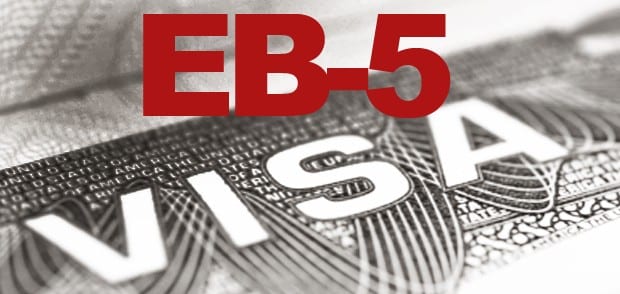
On November 21, 2019, the new EB-5 Modernization Rules were implemented. The rules increased the minimum investment amount from $500,000 to $900,000 for Targeted Employment Areas (rural areas or those designated as having an unemployment rate of at least 150 % the national average). For more information on the new EB-5 rules, please click here.
Under the previous rules, TEA designations are issued by the department of economics of each individual state. Currently, in order to qualify as an unemployment-based TEA, the census track the EB-5 project is located in must have an average unemployment rate of over 150% of the national unemployment rate. However, there is no limit on the parameter of how many different census tracks can be used to obtain the average as long as all of the census tracks are connected. This means that, in order to receive an average rate of unemployment high enough to qualify for 150% of the national average, you can use an area that is as large as necessary to get a high enough average. This is the reason that projects such as Hudson Yards in Manhattan is able to receive TEA designation.
Under the new rules, UCSIS is the only authority that is able to issue TEA designations. The new rules restrict the designation to the immediate vicinity of the EB-5 project. This blog describes the new TEA rules.
What Data Resources do USCIS Accept?
USCIS accepts Census Bureau data through the American Community Survey and the Bureau of Labor Statistics data. Both are acceptable and the applicant can choose to use either as long as the data is consistent.
What Evidence Should the Applicant Submit?
- The location where the new commercial enterprise (or job creating entity, if applicable) is principally doing business
- A map identifying the census tracts included in the proposed TEA (including only the tract(s) where the relevant entity is principally doing business and any or all of the directly adjacent tracts)
- The underlying calculations for establishing the weighted average of the unemployment rate for the specified area
- The reliable and verifiable data that serves as the source of the unemployment statistics for the proposed TEA
- Evidence that the data used is reliable and verifiable (that is, petitioners must show that they used reliable and verifiable methods to obtain their unemployment statistics)
The evidence requirement under the new rules are similar to the previous TEA rules. However, instead of submitting the evidence to the State to issue a TEA letter, this evidence will be submitted directly to USCIS. USCIS will make the final decision on whether a location and project qualifies as a TEA.
It’s important to note that the new TEA rules apply for applications submitted after the November 21, 2019 date. This also includes petitions that are invested into approved EB-5 projects. To learn more about the EB-5 program, please click here.